Seaton Family Crest, Coat of Arms & Seaton Name Origin
|
|
|
|
|
| Return to Home page | Bookmark this page | Link to this page | Send a Seaton Postcard |
| Find Your Name | ||||||||
| A | B | C | D | E | F | G | H | |
| I | J | K | L | M | N | O | P | |
| Q | R | S | T | U | V | W | X | |
| Y | Z | |||||||
Seaton Family Crest


Origin of the Name Seaton
The Seaton family history was found in the allfamilycrests.com archives.
Over the centuries Surnames developed a wide number of variants. Different spellings of the same name can be traced back to an original root. Additionally when a bearer of a name emigrated it was not uncommon that their original name would be incorrectly transcribed in the record books at their new location. Surnames were also often altered over the years based on how they sounded phonetically and depending on the prevailing political conditions it may have been advantageous to change a name from one language to another.
Variants of the name Seaton
include Seton and Sayton. The first mention of this great Scottish name was with Alexander Setone or de Seaton who was a witness to a charter granted to King David in the year 1150. In 1169 William the Lion gave a charter of lands to Philip de Seton, Winton and Winchbrgh and further lands were granted to Alexander Seton by Robert Bruce in 1321. They became Lords of Seton, Earls of Dunfermline and Earls of Winton. They built many great castles, one of which was Fyvie in Aberdeenshire. James the fourth Earl of Dunfermline, supported Viscount Dundee's uprising and had to forfeit in 1690. George the fifth Earl of Winton, joined the Old Pretender in 1715 and was captured and put in the Tower of London but later escaped. The Baronetcy of Nova Scotia was acquired by the Setons of Abercorn and of Pitmedden. Seton Collegiate Church in East Lothian has a fourteenth century effigy of the third Lord Seton, killed at a battle at Flodden. In Ireland this name and its variants were introduced into Ulster Province by settlers who arrived from England and Scotland, especially during the seventeenth century. It was the 'Plantations of Ireland' in the sixteenth and seventeenth centuries that marked the end of Gaelic supremacy in Ireland. While the influx of settlers in the wake of the earlier Anglo-Norman invasion of the twelfth century resulted in a full integration into Irish society of the new arrivals, the same never occurred with the Ulster Planters who maintained their own distinct identity.
The Seaton coat of arms came into existence centuries ago. The process of creating coats of arms (also often called family crests) began in the eleventh century although a form of Proto-Heraldry may have existed in some countries prior to this. The new art of Heraldry made it possible for families and even individual family members to have their very own coat of arms, including all Seaton descendants.
|
WONDERFUL GIFTS FOR EVERY OCCASION
Show Off Your Heritage With Our Range Of Top Class Gifts For Your Family Name! VERY LIMITED TIME OFFER: FREE DELIVERY!!! |
||
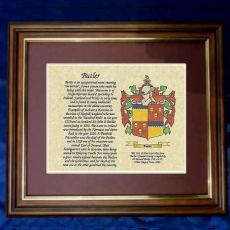 Parchment Prints: Framed, Unframed, Perfect  |
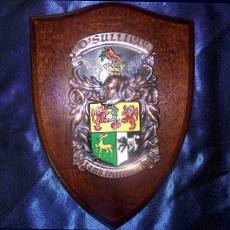 Researched Hand-Painted Plaques & Shields  |
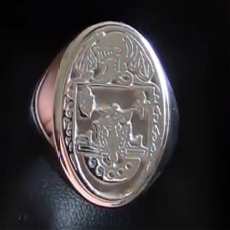 Incredible Hand-Engraved Signet & Seal Rings  |
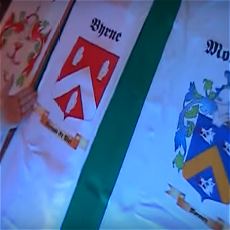 Get your Family Crest Flag, on Ireland or White background!  |
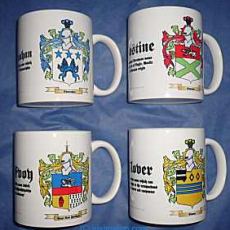 Personalized Coffee Mugs Make Thoughtful Personalized Gifts  |
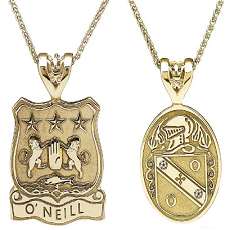 Engraved Pendants in Gorgeous Gold or Stylish Silver.  |